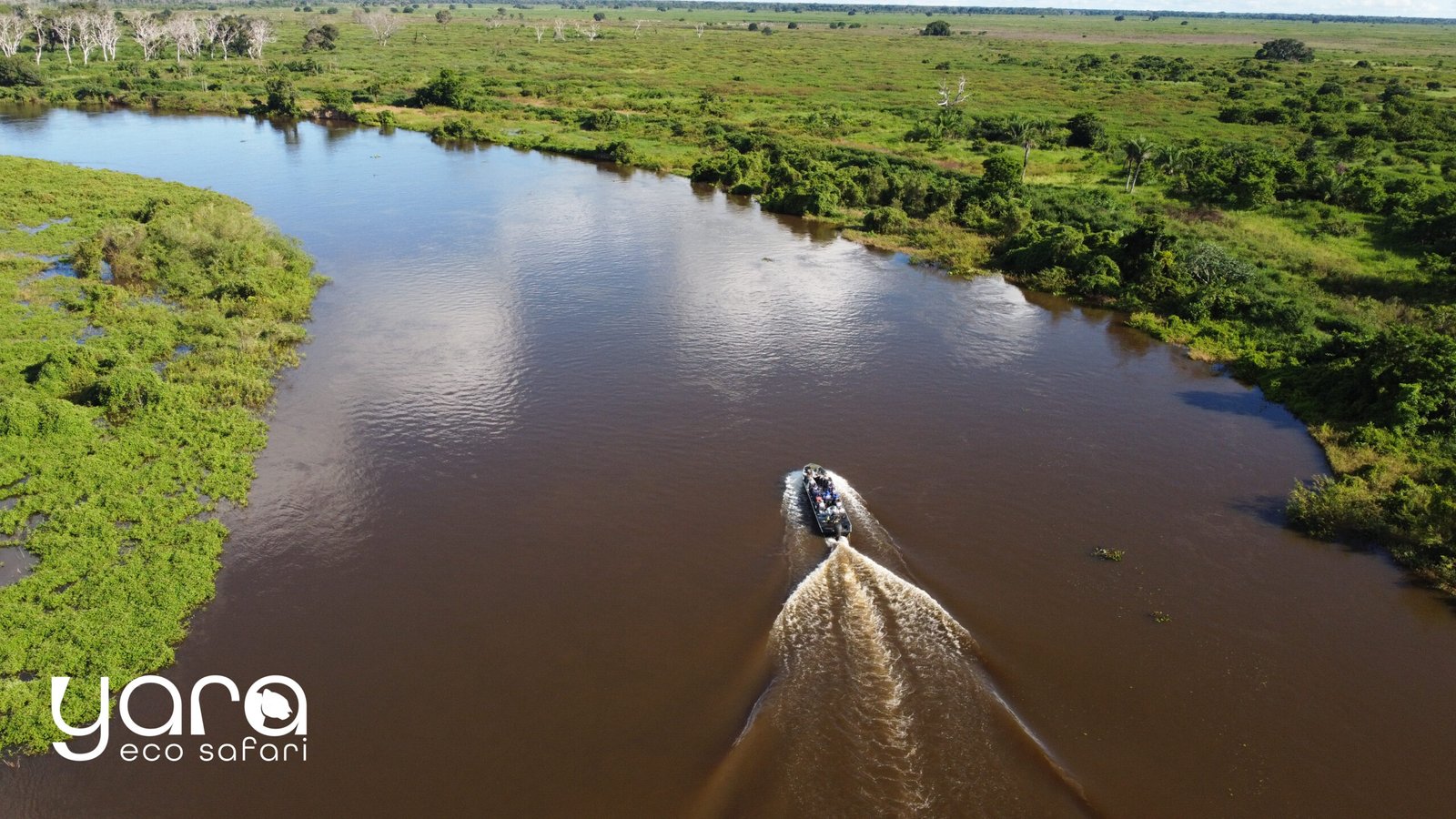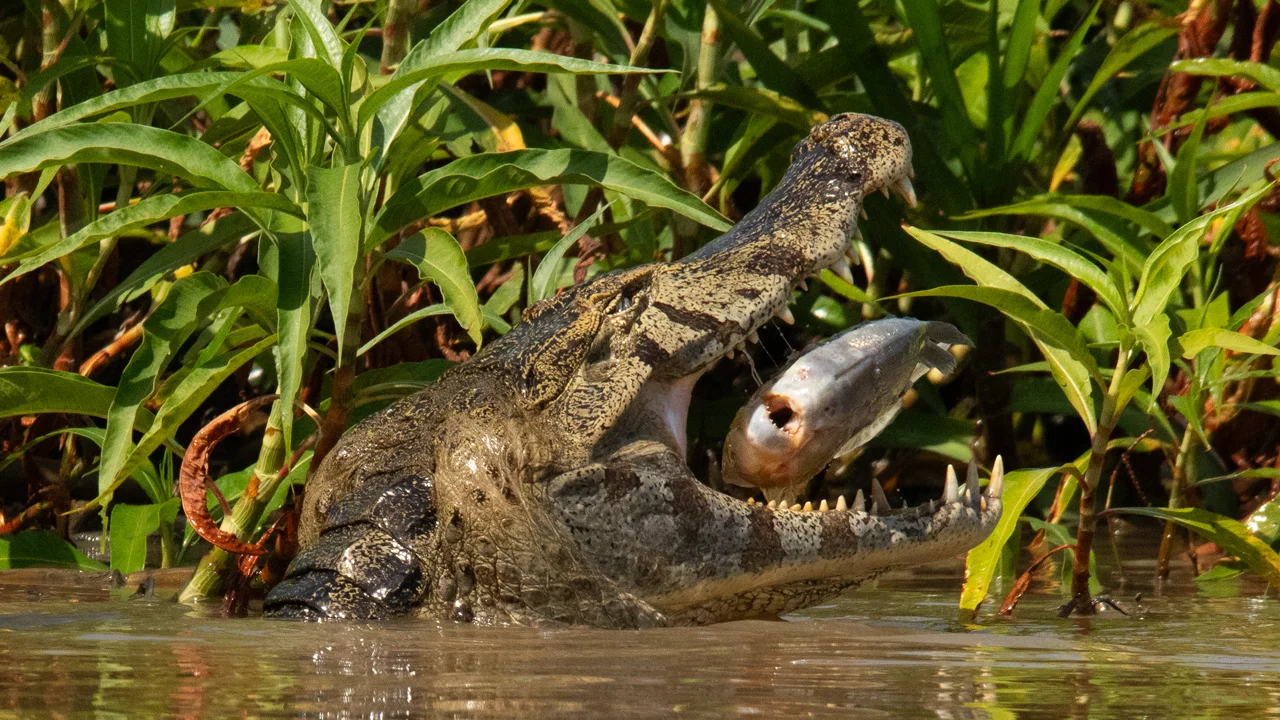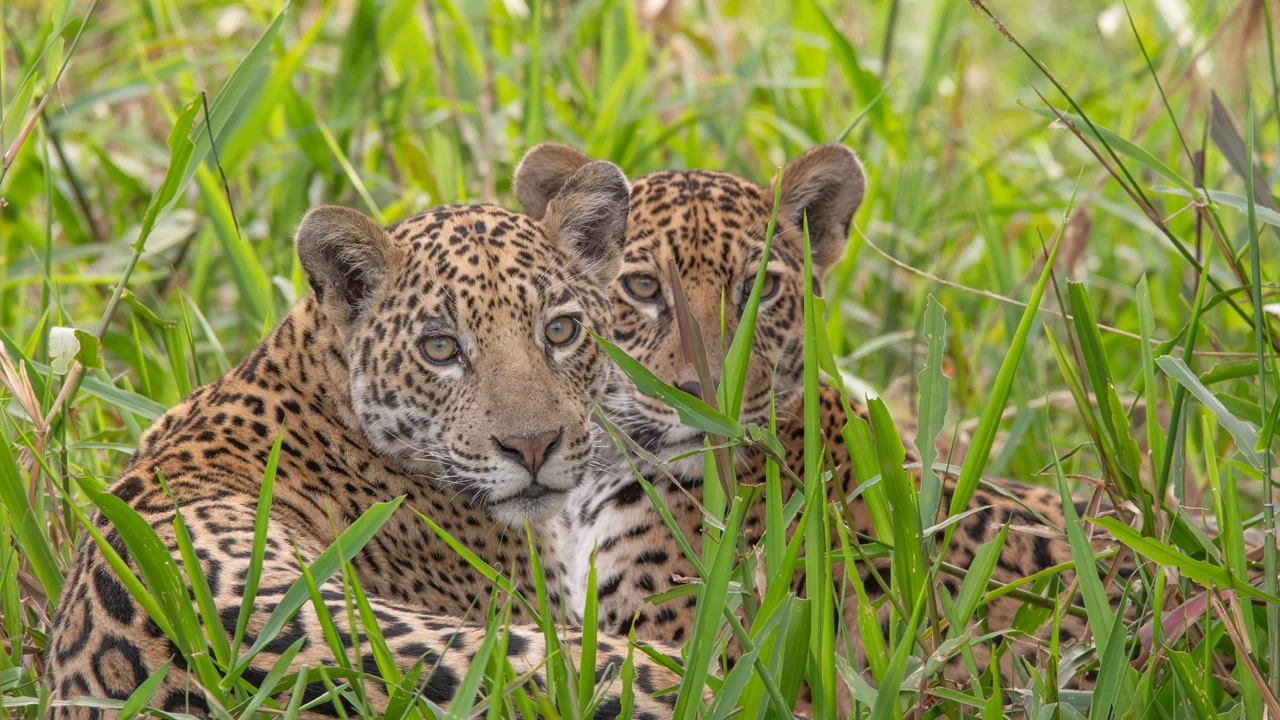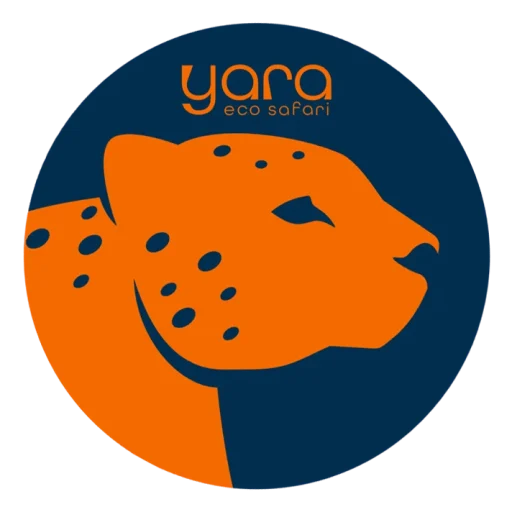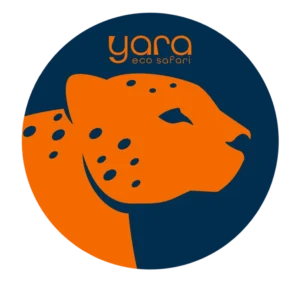When people think of the world’s great wildlife destinations, a few names always rise to the top: the African savannahs, the Galápagos Islands, the Amazon rainforest. But tucked in the heart of South America lies a place that is more abundant, more photogenic, and—amazingly—still under the radar: the Pantanal, the world’s largest tropical wetland. For wildlife photographers, birdwatchers, and nature lovers, the Pantanal is not just an alternative to the Amazon—it’s often a better choice. Here’s why.
A living canvas for Pantanal Wildlife Photography
The Pantanal spans more than 140,000 km² across Brazil, Bolivia, and Paraguay, and it is recognized as a UNESCO World Heritage Site and Ramsar Wetland of International Importance. Unlike the dense Amazon, the Pantanal’s open landscapes provide clear visibility—making it a dream setting for photographers. Here, wildlife doesn’t hide. It lives in the open: Jaguars walk the riverbanks in daylight.
Capybaras lounge in the grass like oversized marshmallows.
Hyacinth macaws, jabiru storks, and toucans perch in full view against wide horizons.
Flat terrain, big skies, and reflective waters create a natural studio where light, landscape, and wildlife align. This is the ideal environment for Pantanal Wildlife Photography.
Related post: How to Photograph Jaguars in the Wild: Tips from Our Biologists
More than jaguars
The Pantanal is famous as the jaguar capital of the world, but its biodiversity goes far beyond big cats. According to WWF-Brazil, the region is home to: Over 650 bird species, including the Hyacinth Macaw, the world’s largest parrot.
Giant otters (IUCN Endangered), playful predators often seen in family groups.
Caimans, tapirs, anacondas, howler monkeys, and giant anteaters.
Endless colonies of capybaras, the world’s largest rodents.
This makes the Pantanal one of the most fauna-rich ecosystems on Earth, often compared to Africa’s Serengeti for its density of visible wildlife.
Related post: Jaguar Diaries: Meet the Most Famous Cats of the Pantanal
A safari unlike any other
Unlike African safaris by jeep or Amazon treks on foot, Pantanal safaris are done by boat. And that changes everything. Boats allow silent approaches—no engine revs or dust trails.
Photographers capture eye-level perspectives with jaguars, otters, and caimans.
Water-based navigation offers comfort and shade, so guests can focus on their cameras.
This unique format makes the Pantanal a smooth, immersive, and ethical wildlife experience, perfect for photographers of all levels.
See also: From Tracking to Click: How We Find Jaguars on the River
Conservation in action
The Pantanal is not just a wildlife paradise—it’s also a conservation frontier. Organizations such as: Panthera, which works to secure jaguar corridors across South America.
Instituto Arara Azul, dedicated to saving the hyacinth macaw.
ICMBio, Brazil’s conservation authority.
These groups collaborate with scientists, local communities, and eco-tourism operators to ensure that safaris remain sustainable, non-invasive, and beneficial to local economies. By choosing ethical tourism in the Pantanal, visitors help fund wildlife monitoring, habitat protection, and community projects.
Why haven’t you heard of it?
The Amazon has long captured the global imagination, while the Pantanal remained relatively undiscovered. But the truth is, if your goal is to see and photograph wildlife, the Pantanal often delivers more reliable, closer, and more frequent sightings. Now, as awareness grows, the Pantanal is emerging as one of the best-kept secrets in global eco-tourism—a place where professionals and amateurs alike can come home with memory cards full of iconic images. This is why it’s the top spot for Pantanal Wildlife Photography.
Related post: The Big Cat Bucket List: Why Jaguars Are the Final Frontier
Final frame: a secret worth sharing
The Pantanal is wild. It’s raw. And it’s still yours to discover. If you’ve photographed Africa, Asia, or the Galápagos, maybe it’s time to turn your lens to South America’s hidden jewel. The Pantanal isn’t just another destination—it’s the world’s best wildlife photography stage that too few know about.
Related journeys: Sustainable Safaris: Can You Photograph Wildlife Without Harming It?
The Last Safari: Completing the Big Cat Journey in the Heart of the Pantanal

